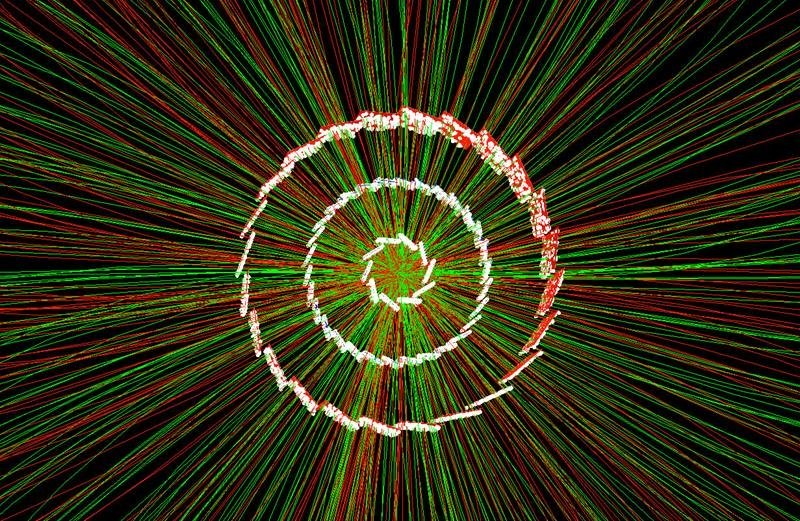The new Belle II experiment recently made a world-leading measurement of the lifetime of a particular charmed baryon, a particle that is produced and decays very quickly under very high energy levels similar to the universe shortly after the Big Bang. This demonstrates the experiment’s ability to make the extremely precise measurements of the sort needed to discover physics beyond the Standard Model of Particle Physics.
Tag: hadrons
‘Exotic hadrons’ research to advance knowledge of nuclear physics
IU physicist Adam Szczepaniak is leading a project exploring the physics of exotic hadrons — a largely unexplored group of subatomic particles — under a $1.8 million grant from the U.S. Department of Energy.

Jefferson Lab Nuclear Physicist Receives DOE Early Career Grant
Alexander Austregesilo, a staff scientist at the U.S. Department of Energy’s Thomas Jefferson National Accelerator Facility, has been awarded a research grant by the DOE Office of Science’s Early Career Research Program. He is one of 83 early career scientists awarded nationwide for the grant, which averages $2.5 million over five years.
New Technique Studies the Structure of Exotic Hadrons
Scientists don’t know how exotic hadrons with a larger number of quarks are structured—are they tightly bound hadrons or a compound of two hadrons similar to molecules? Now, scientists have developed a new technique to identify the nature of the χc1(3872, a four-quark hadron. This is the first time scientists have discovered the structure of a particle by observing how it interacts with nearby particles.

Charm Quarks Offer Clues to Confinement
Hadronization occurs when particles called quarks and gluons combine to form hadrons, composite subatomic particles made of two or three quarks. Once combined, quarks and gluons are “confined,” or trapped, in hadrons. Researchers studying particles containing heavy “charm” quarks have found that there are many more three-quark hadrons than expected under a widely accepted explanation of how hadrons can form.